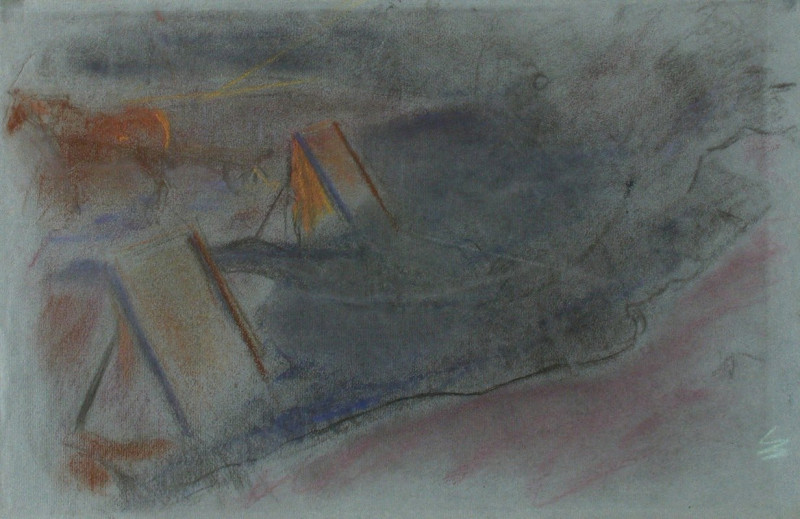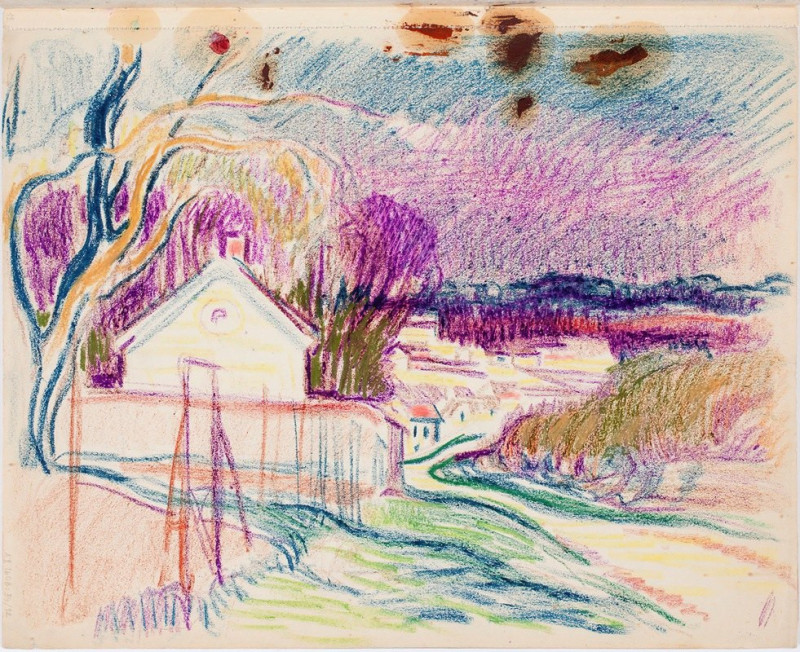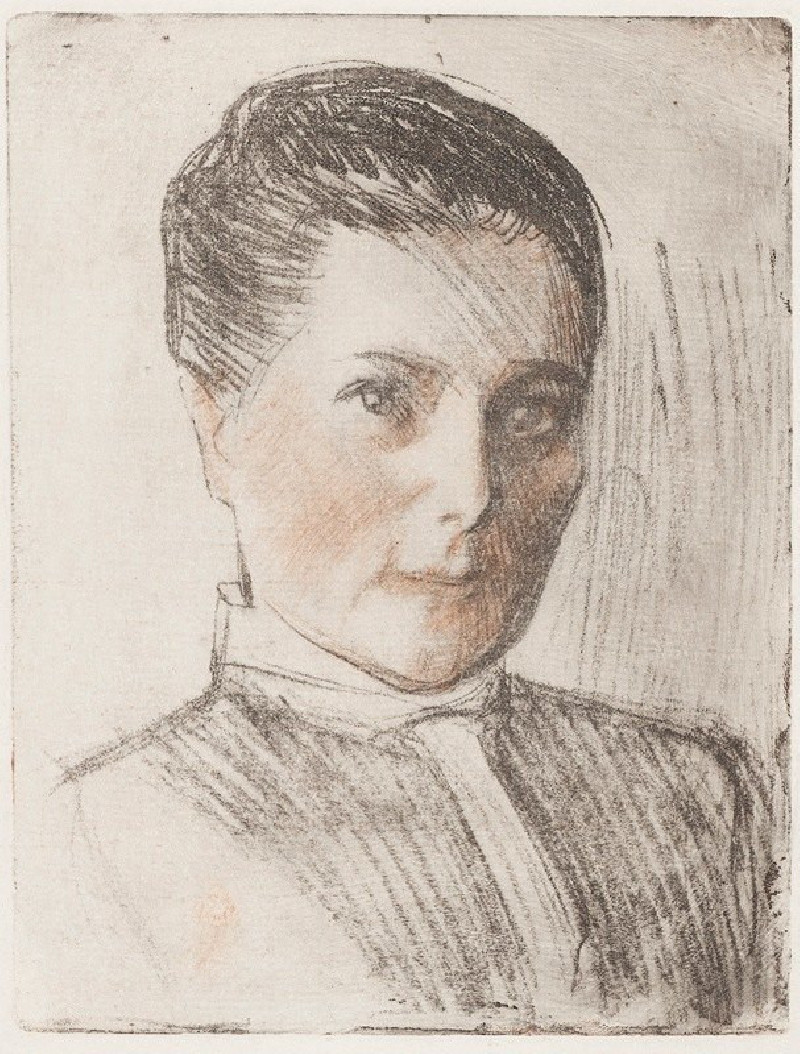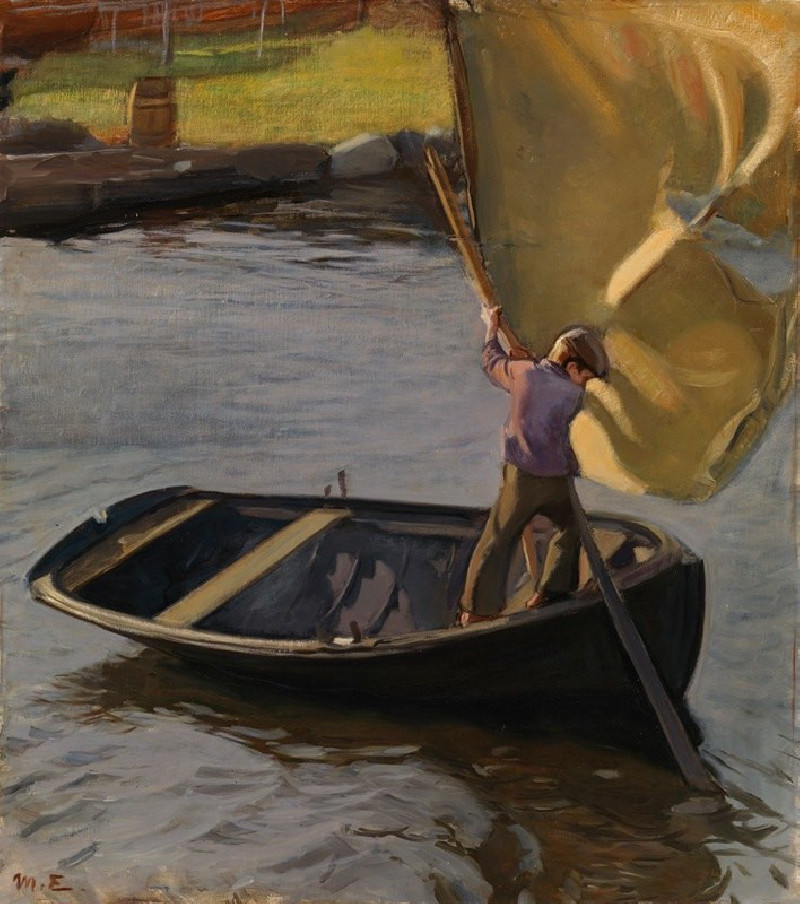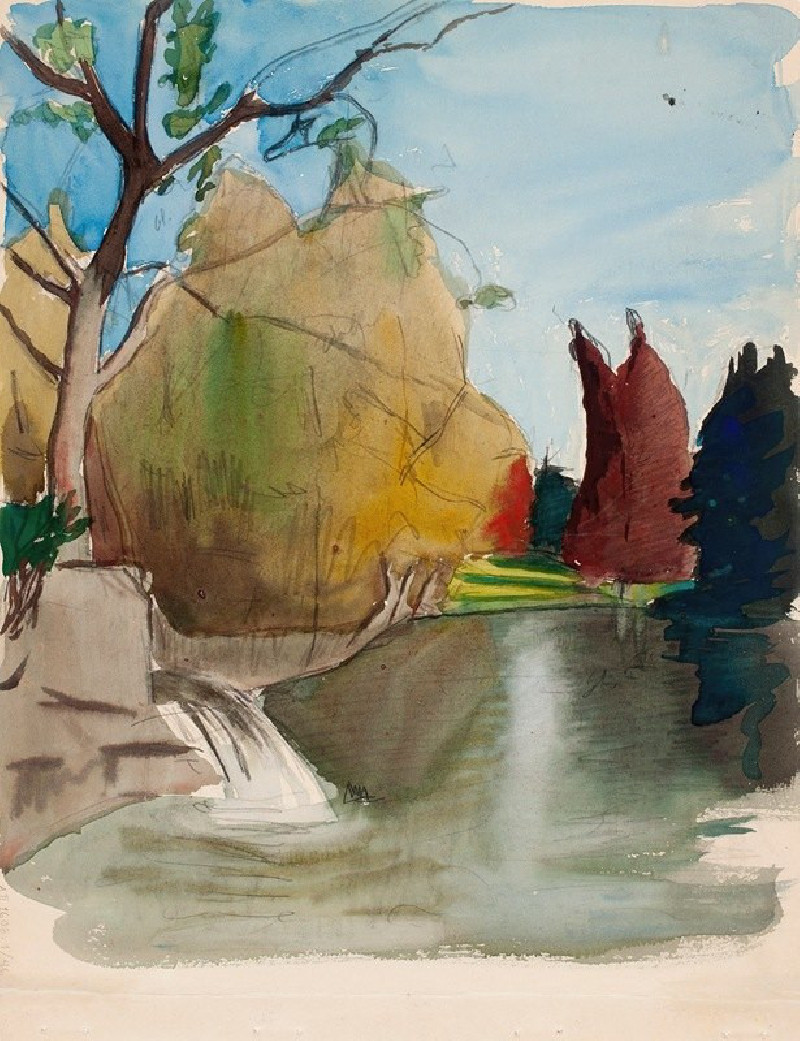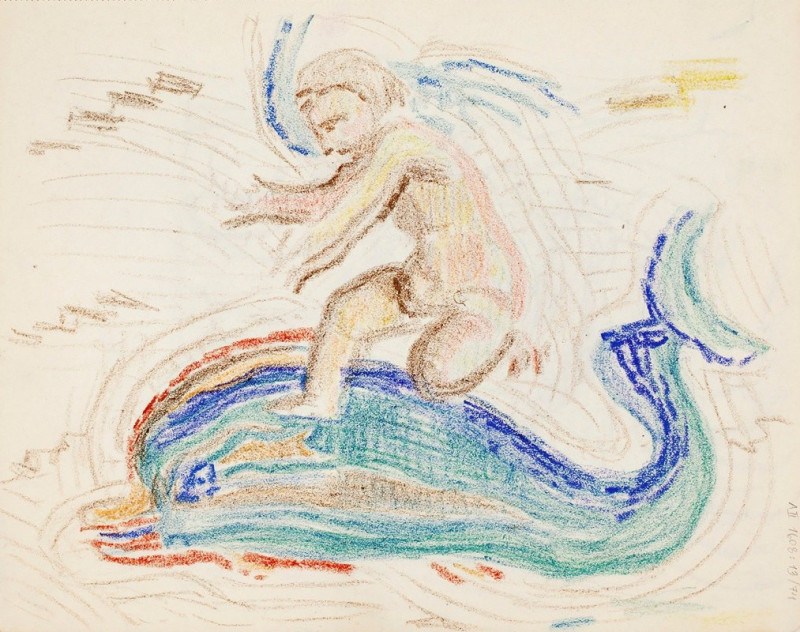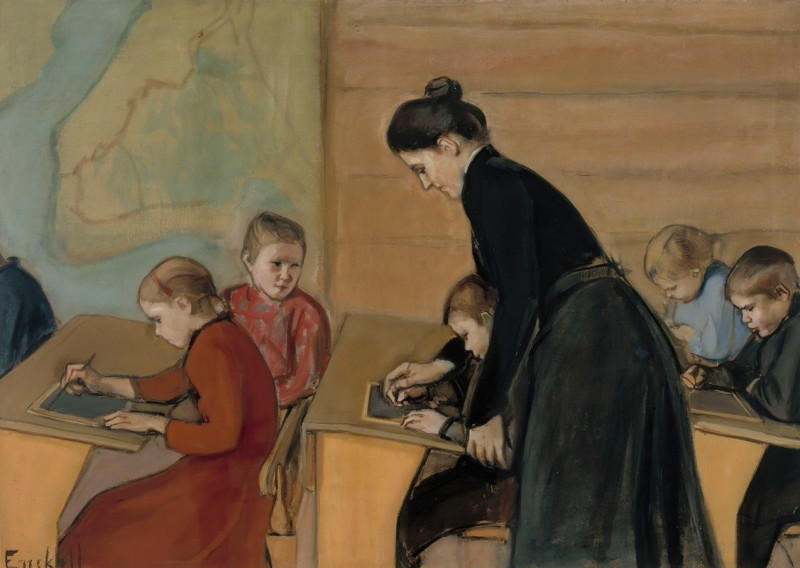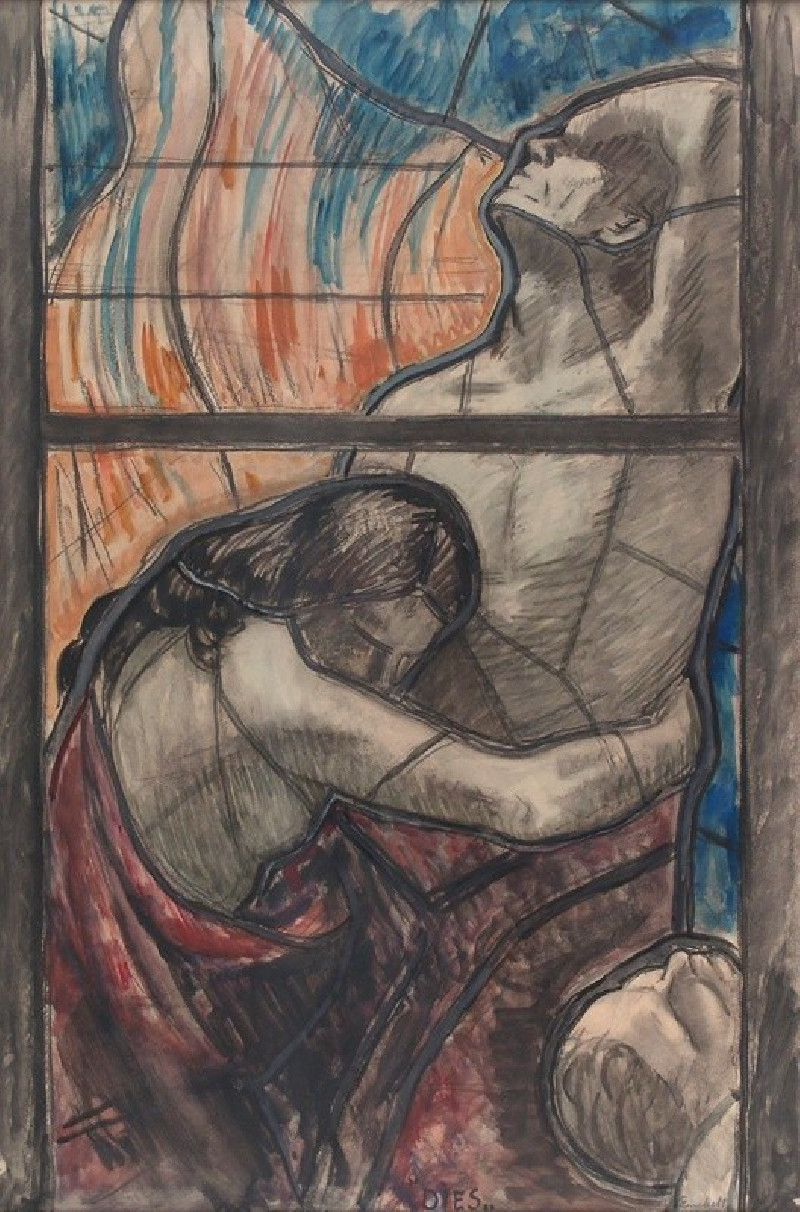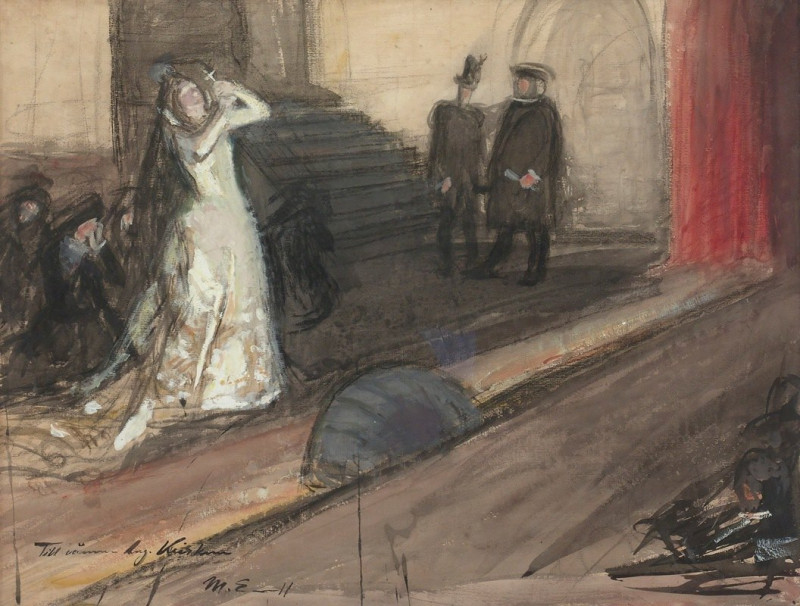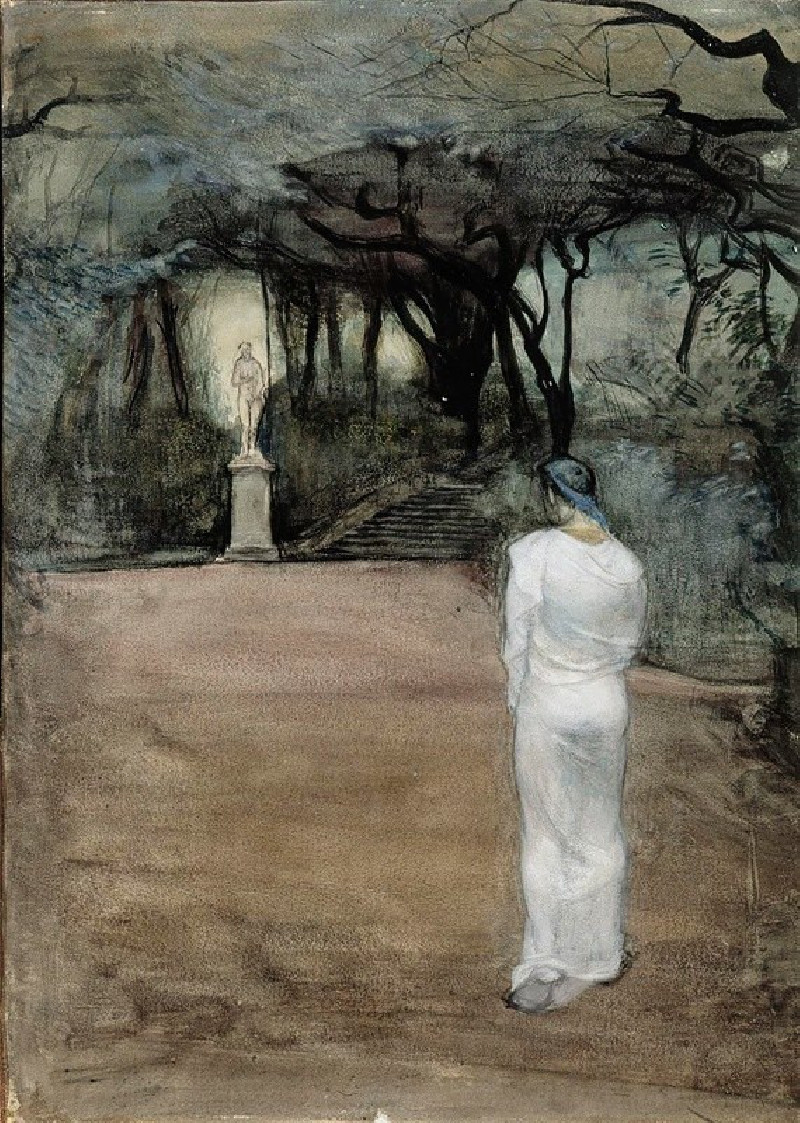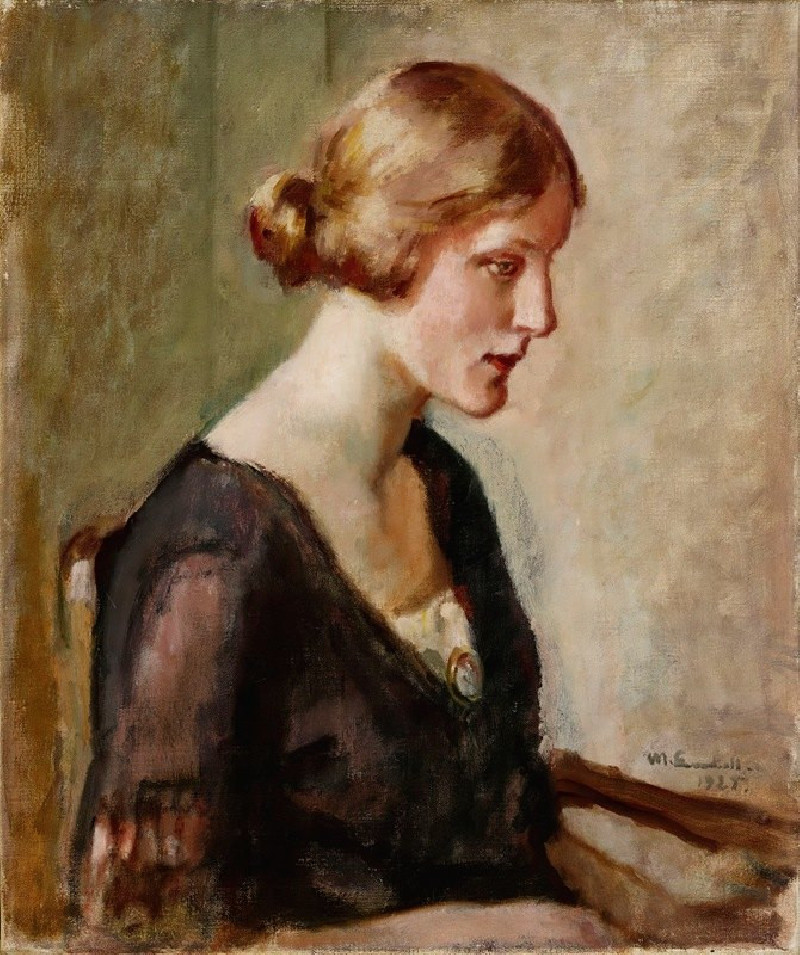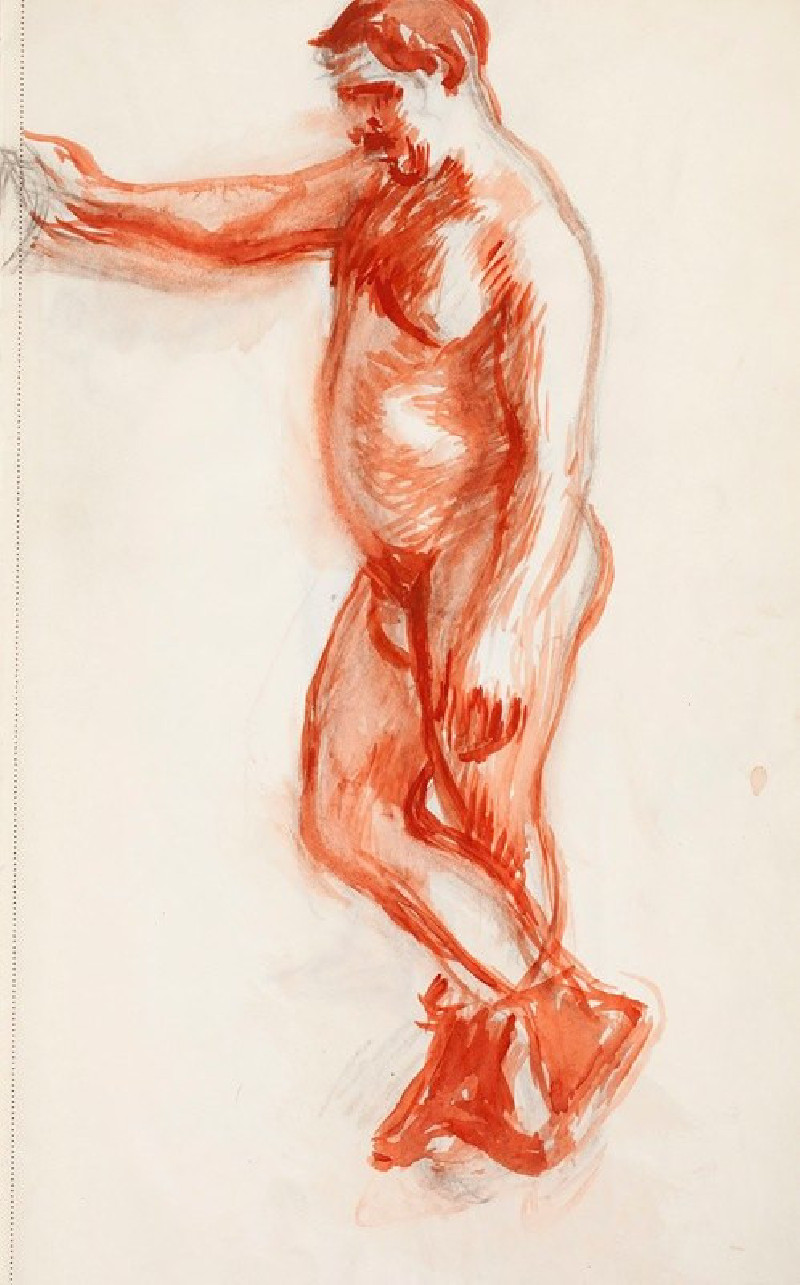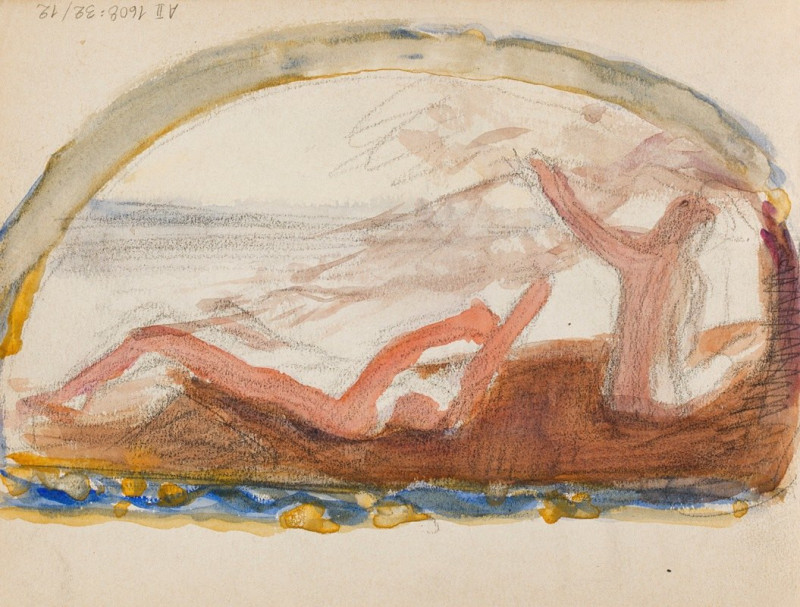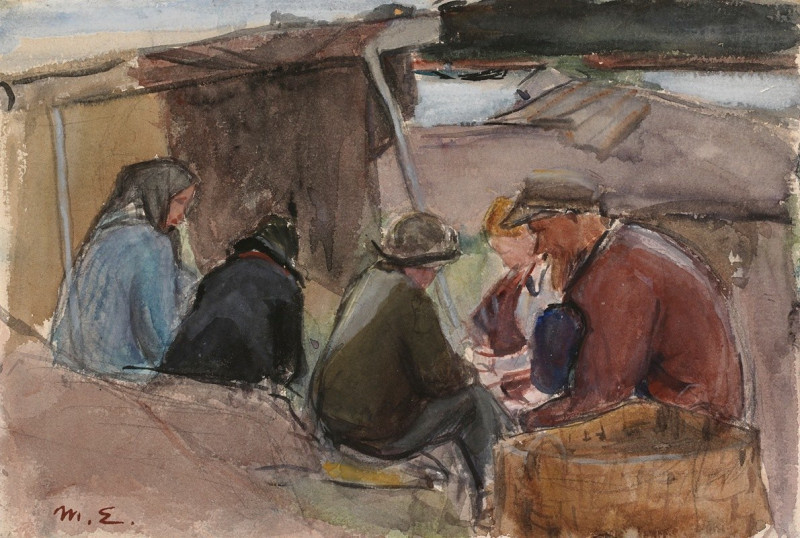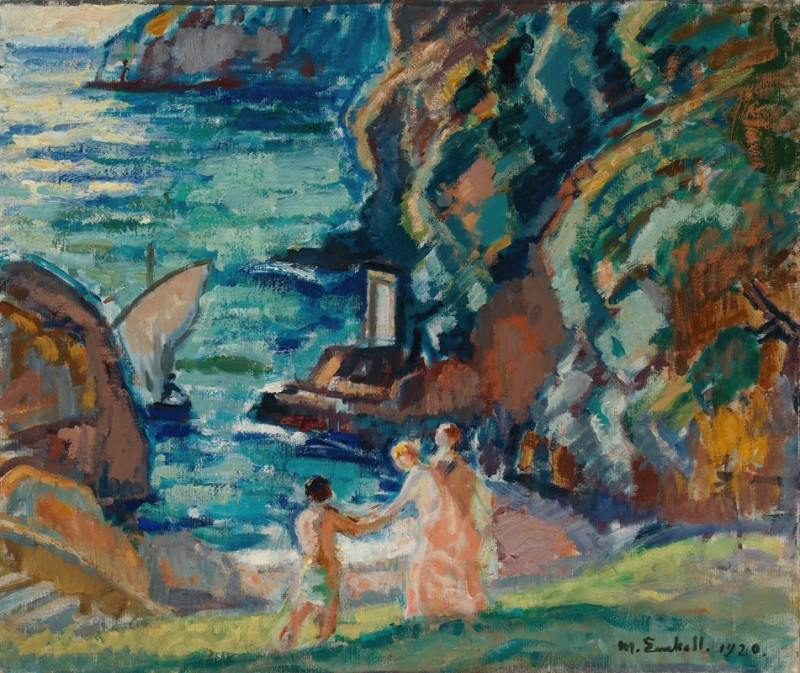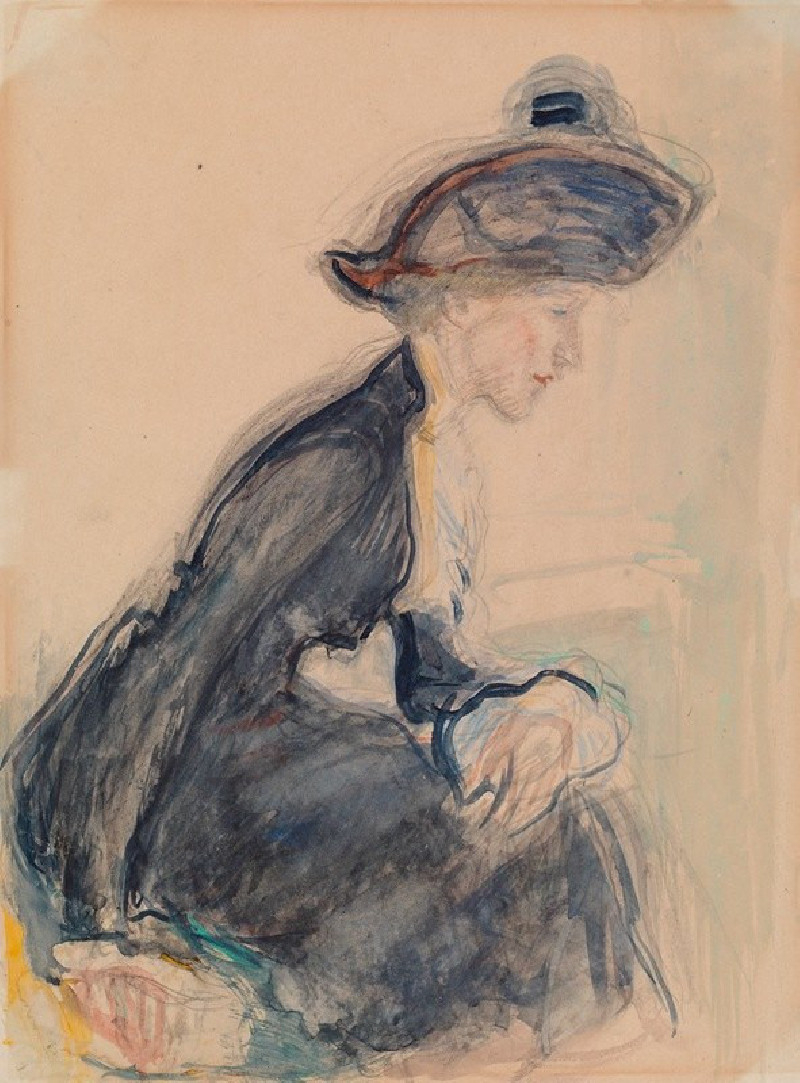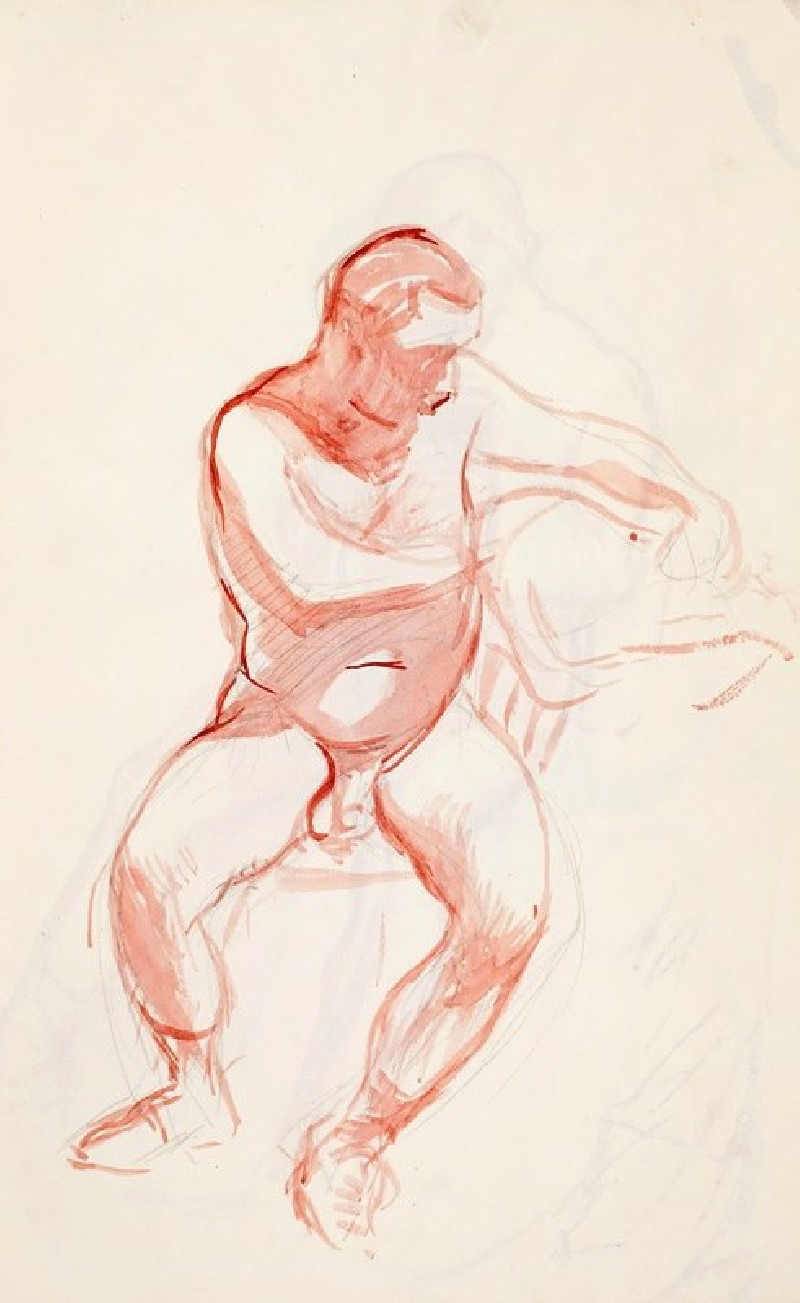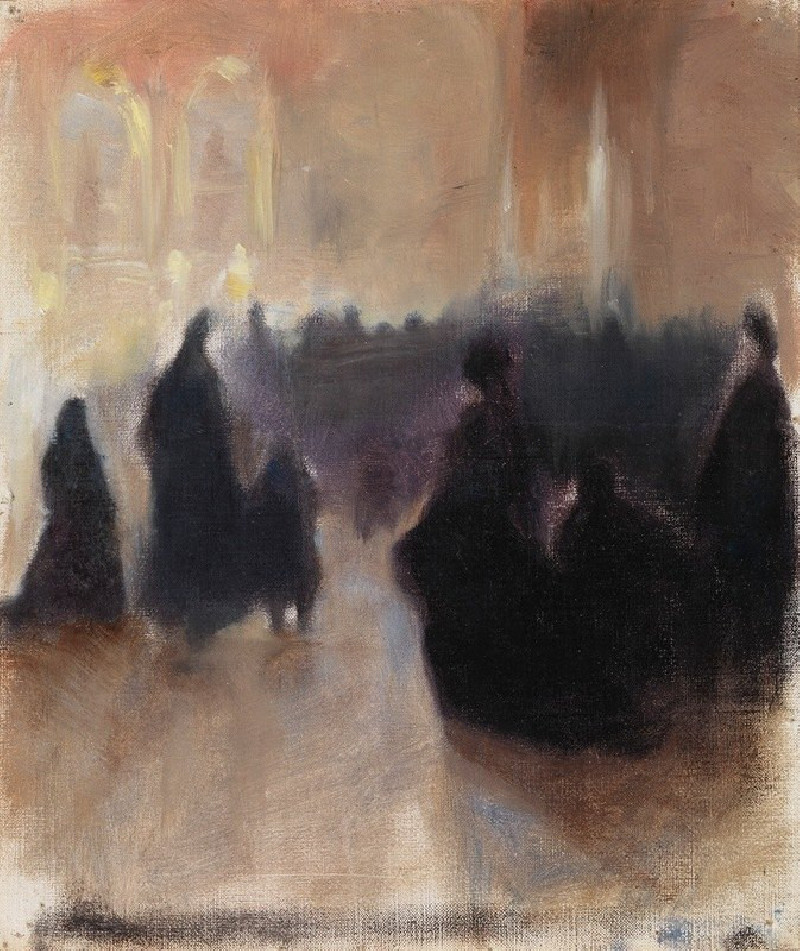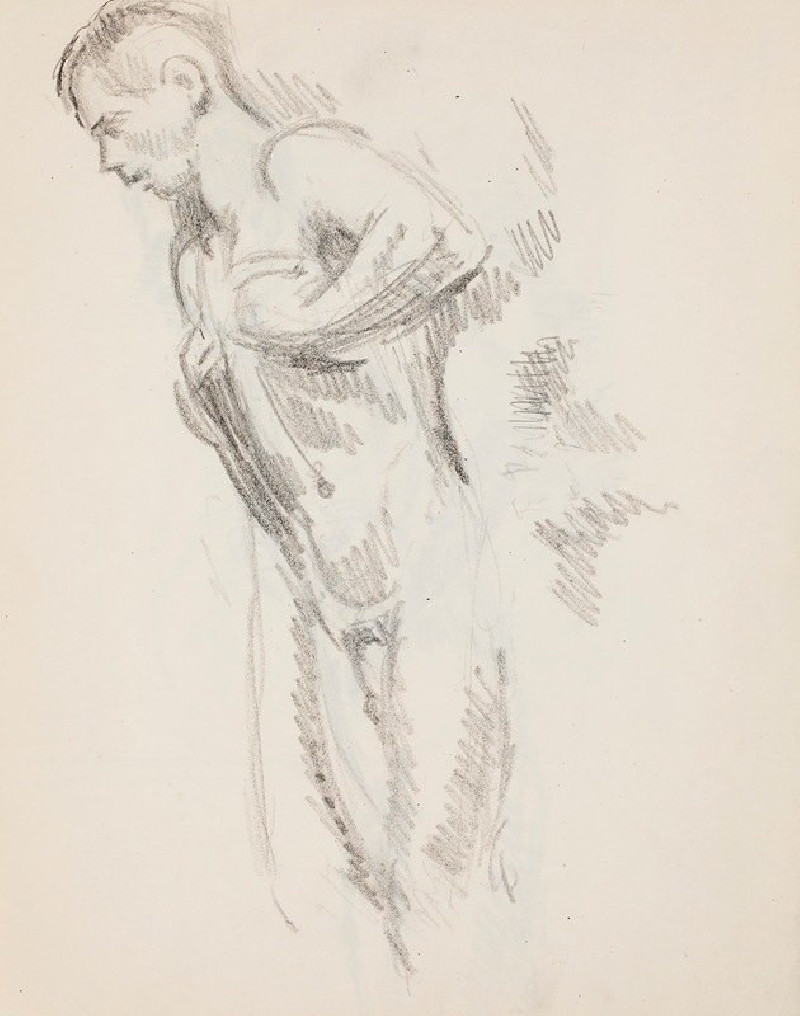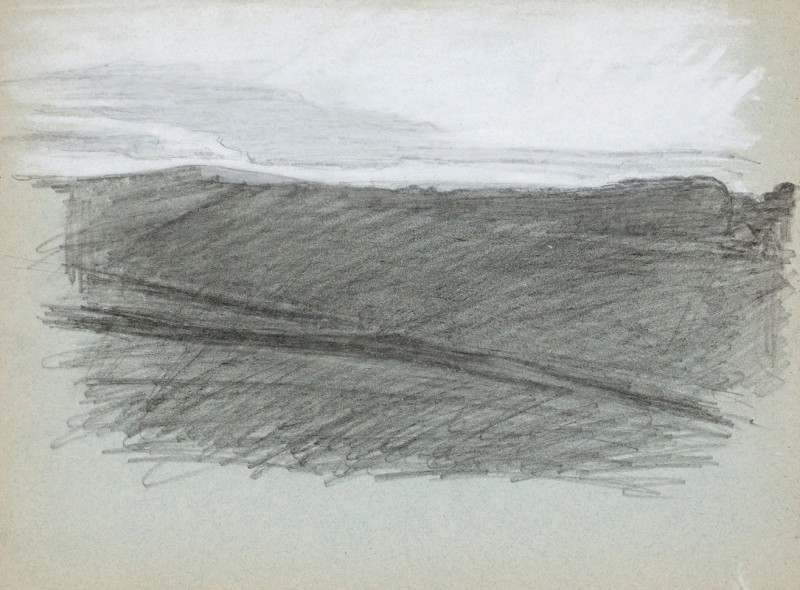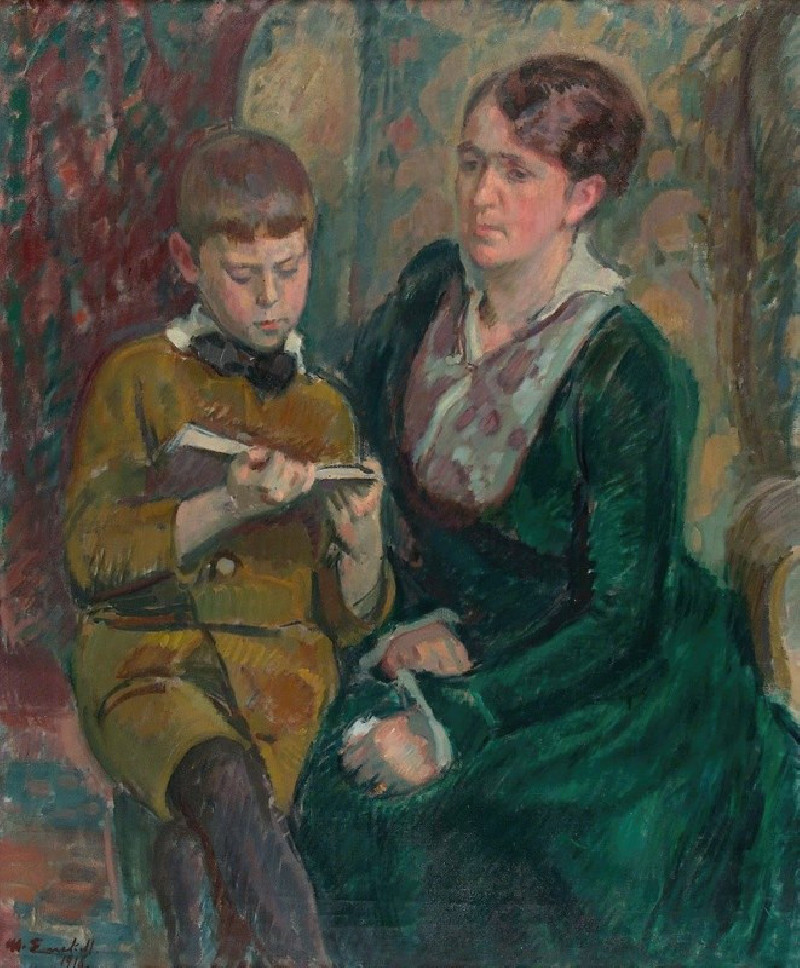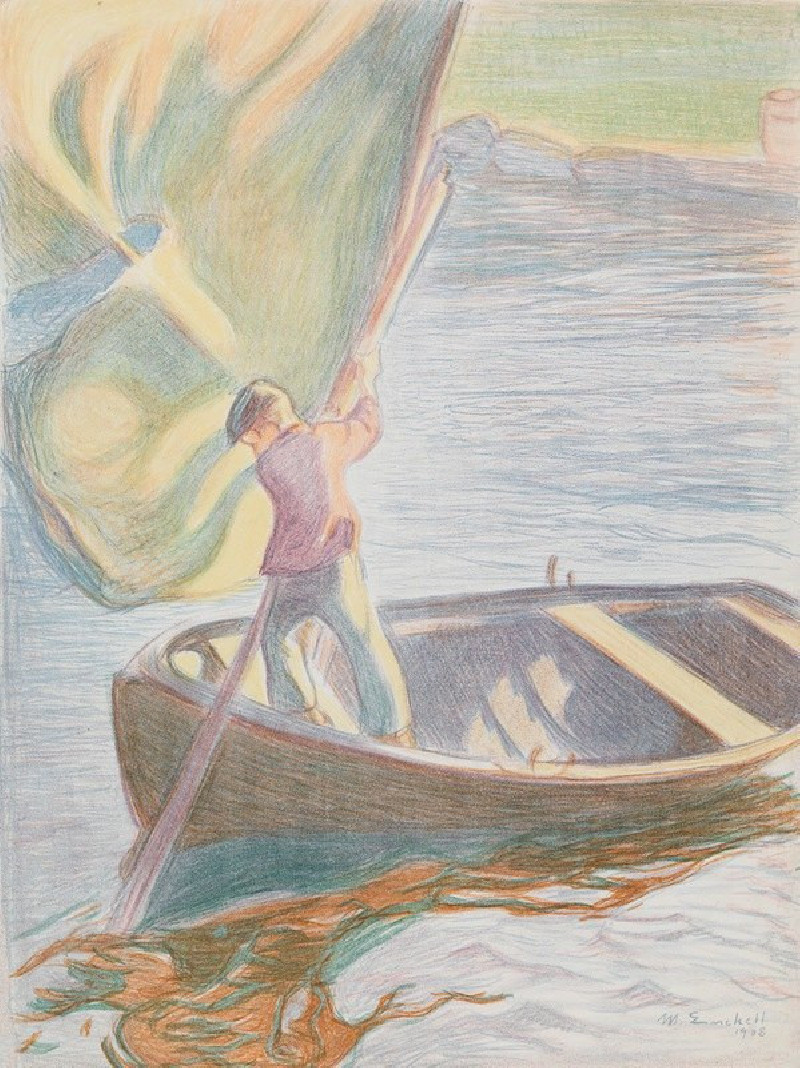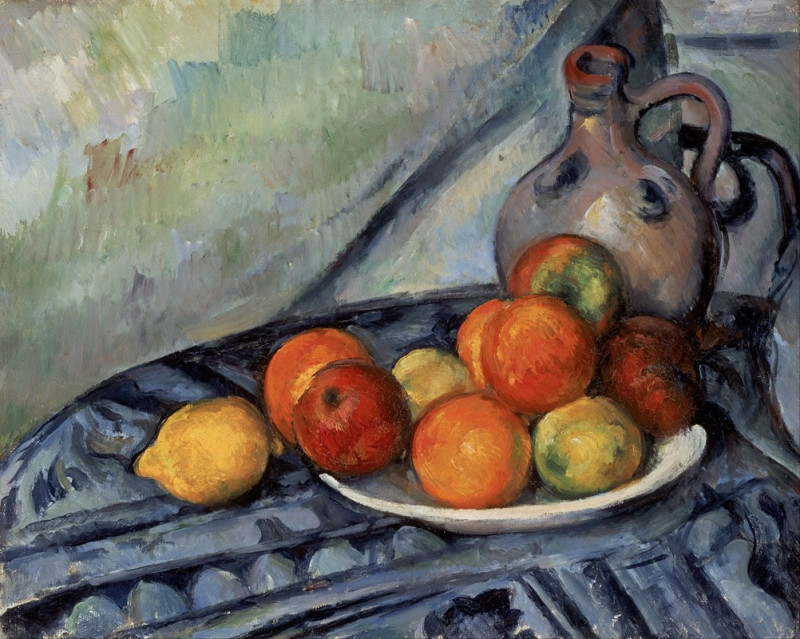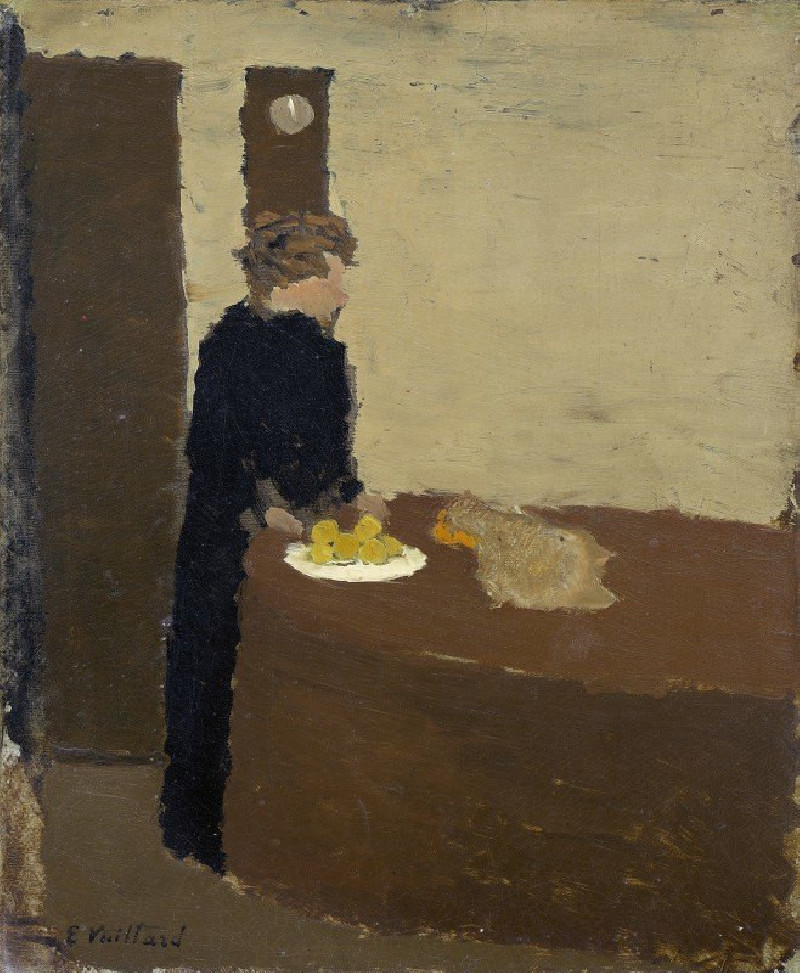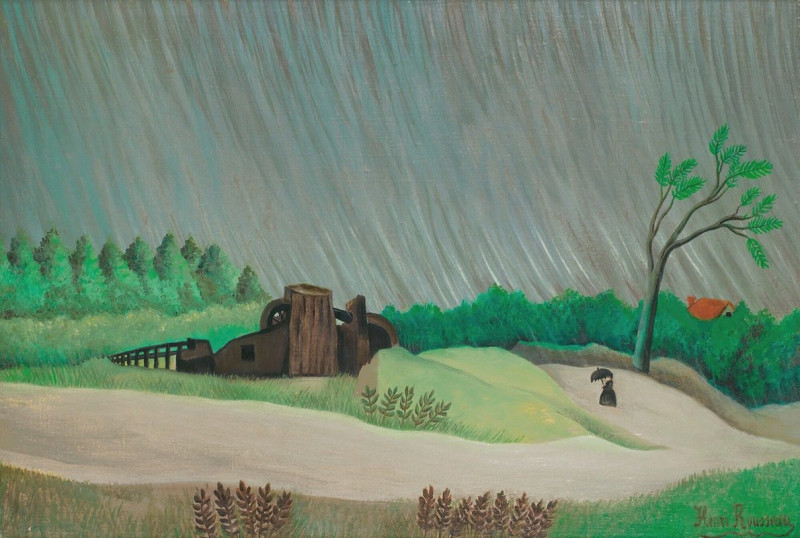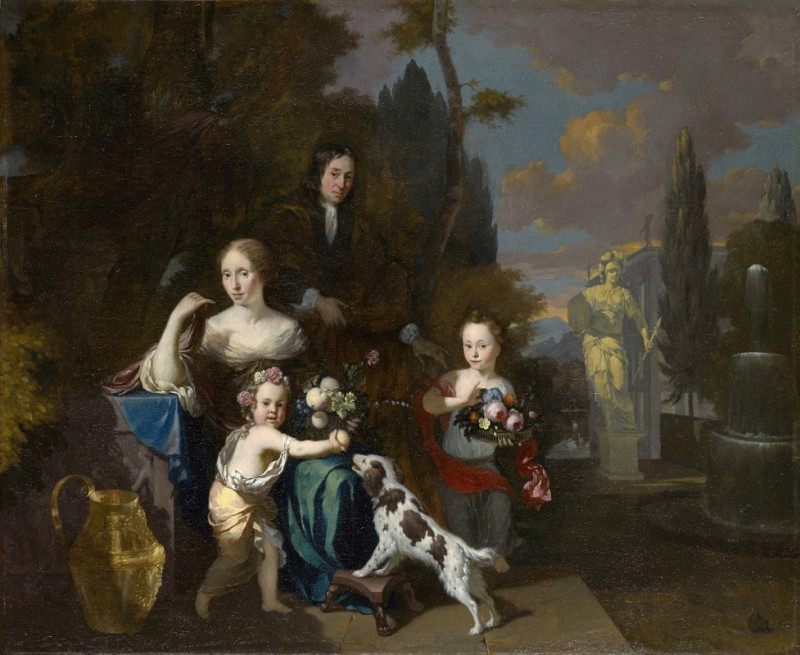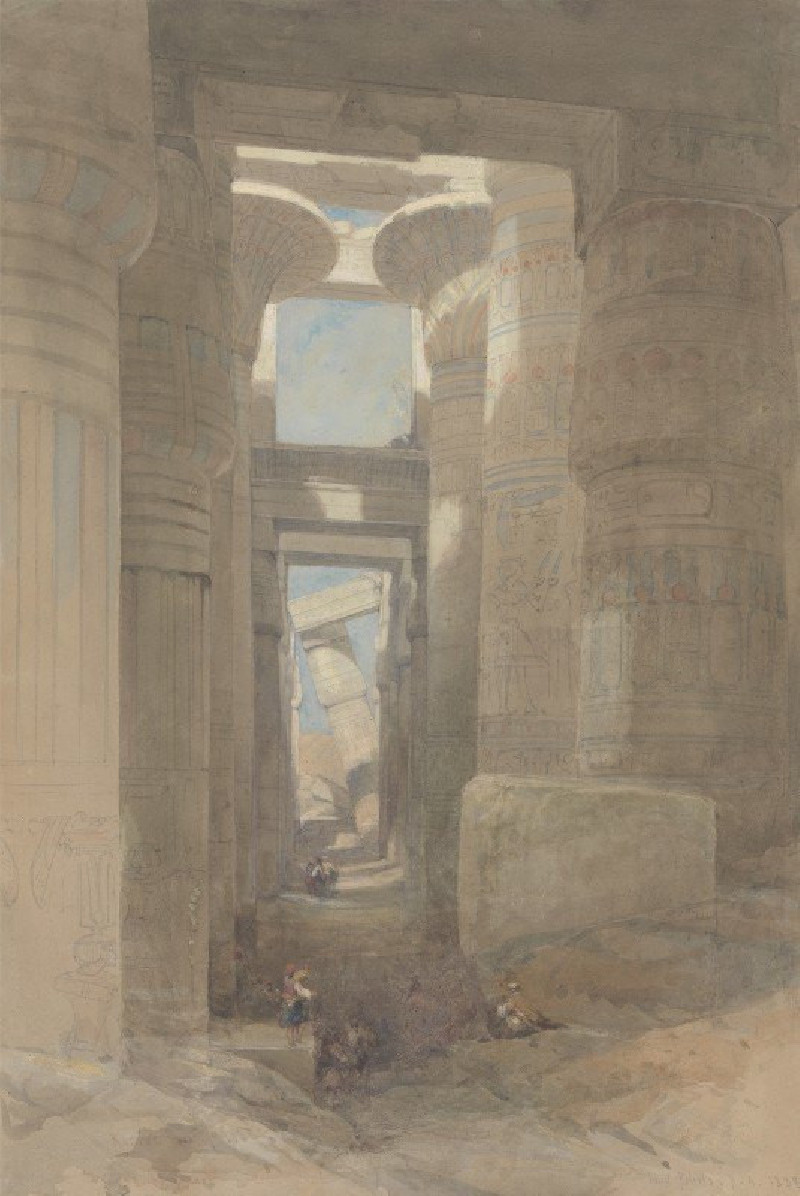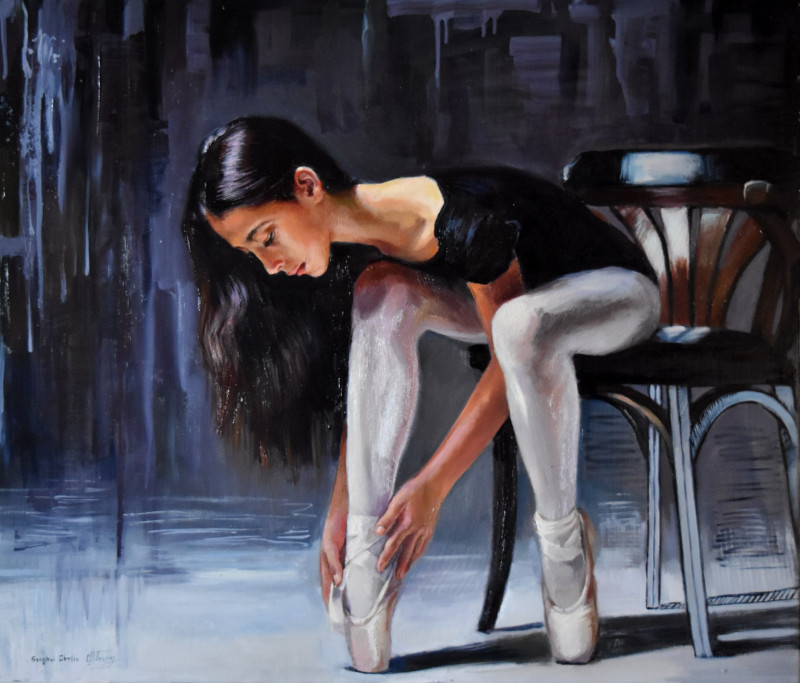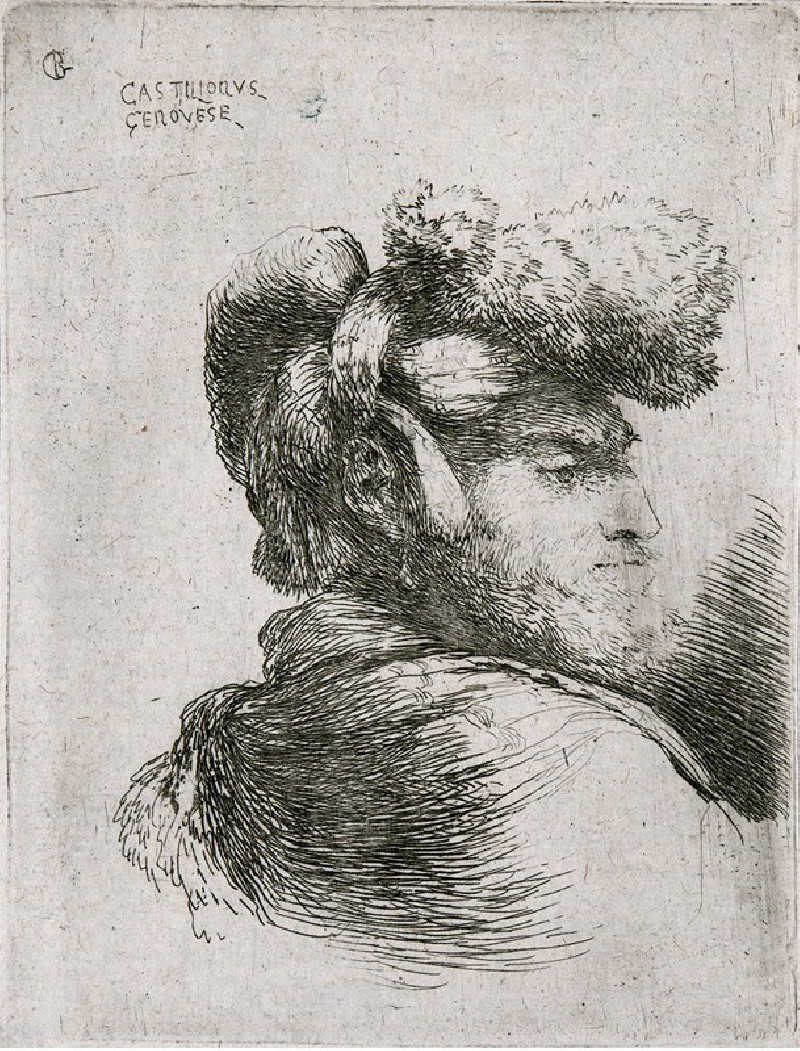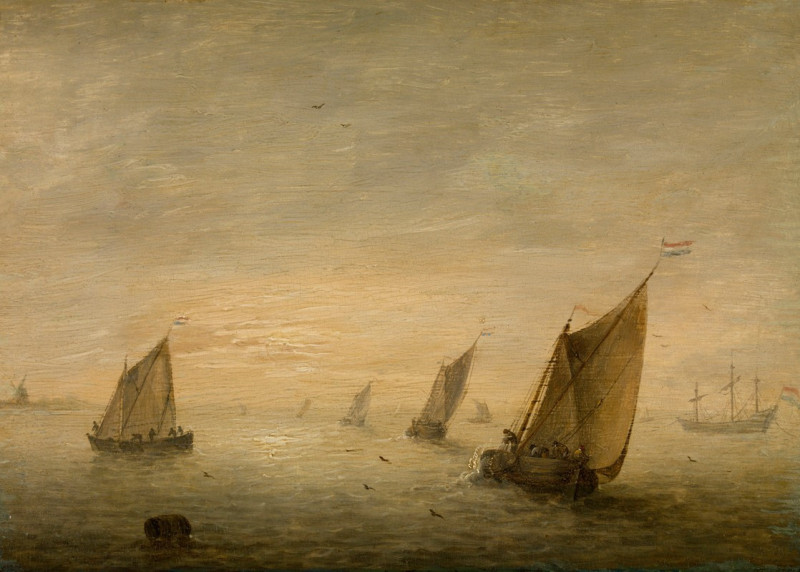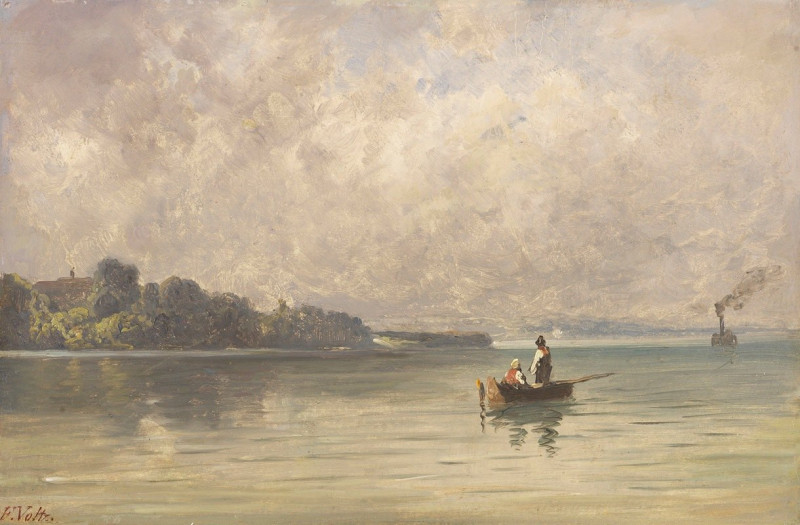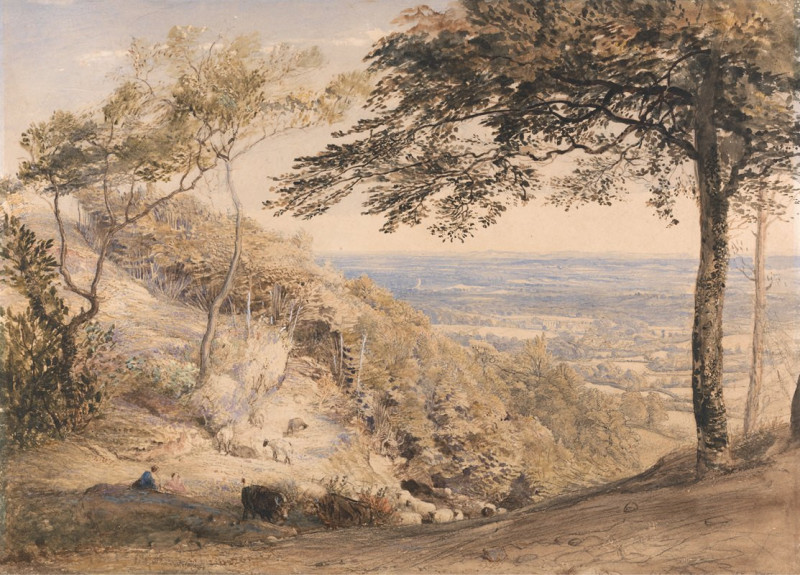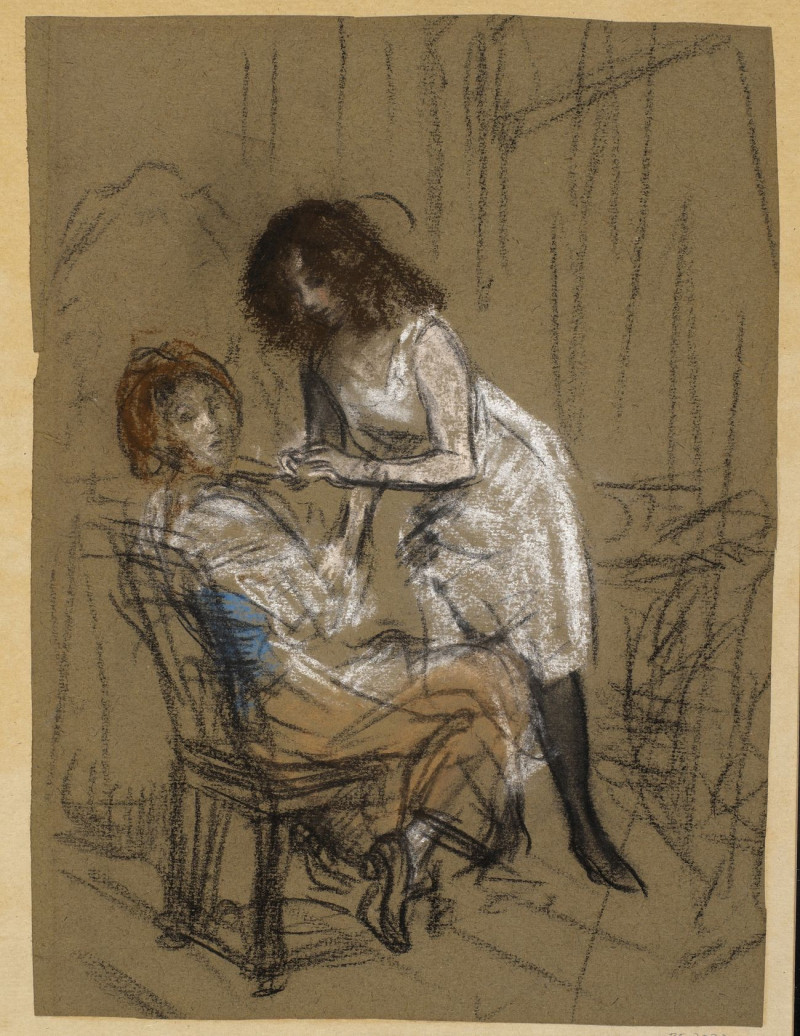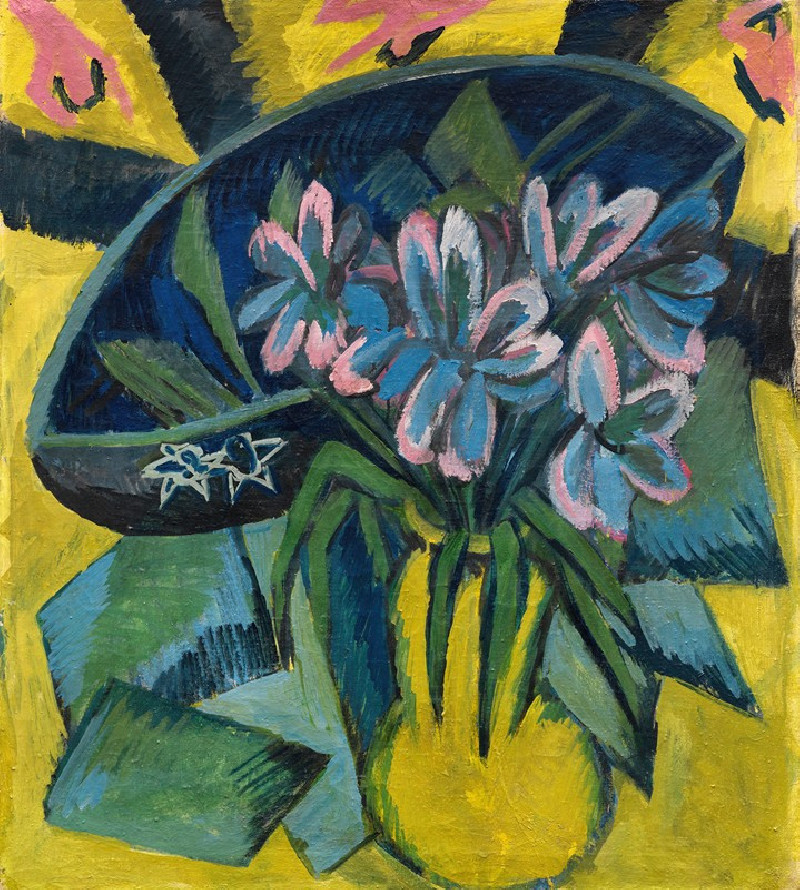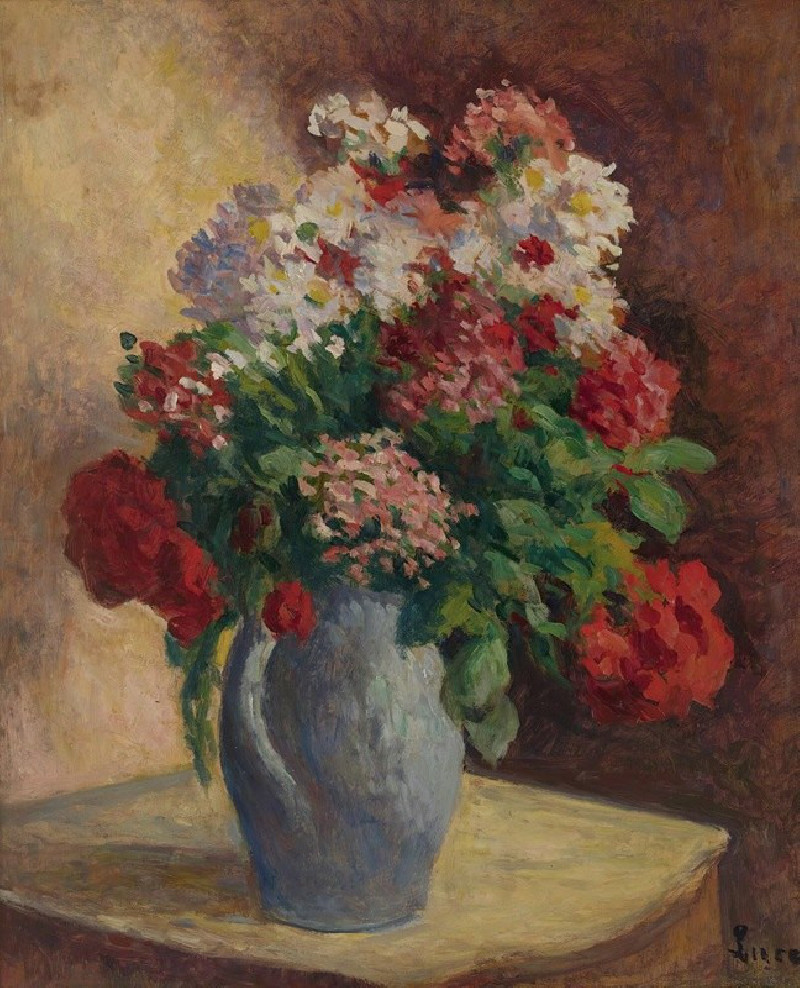Istuva alaston mies (1908 - 1909)
Technique: Giclée quality print
Recommended by our customers
More about this artwork
This poignant drawing by Finnish artist Magnus Enckell, titled "Istuva alaston mies" (Seated Nude Man), crafted between 1908 and 1909, showcases a mastery of form and emotion through simple yet expressive lines. The artwork features a male figure, seated and viewed from the side in a moment of introspective stillness. The figure's pose is both relaxed and somber, conveying a sense of vulnerability and contemplative solitude.Enckell's use of light sketch lines to contour the muscles and features of the male form, along with the gentle shading, adds a tangible depth and softness to the drawing. The use of minimal background elements focuses the viewer's attention solely on the subject, enhancing the emotional resonance of the solitary figure.This drawing is a superb example of Enckell's skill in capturing human emotion and physicality, making it a meaningful piece in the exploration of humanist themes in art.
Delivery
Returns
Magnus Enckell (1870-1925) was a Finnish painter and graphic artist who was born in Helsinki. He studied at the Ateneum School of Art and later at the Académie Julian in Paris. Enckell was greatly influenced by the Symbolist and Art Nouveau movements, and his work often featured moody and dreamlike landscapes and portraits. He was one of the leading figures of Finnish art in the early 20th century, and his work helped to shape the development of modernist art in Finland. He passed away in 1925 at the age of 55, leaving behind a legacy that continues to inspire artists to this day.


